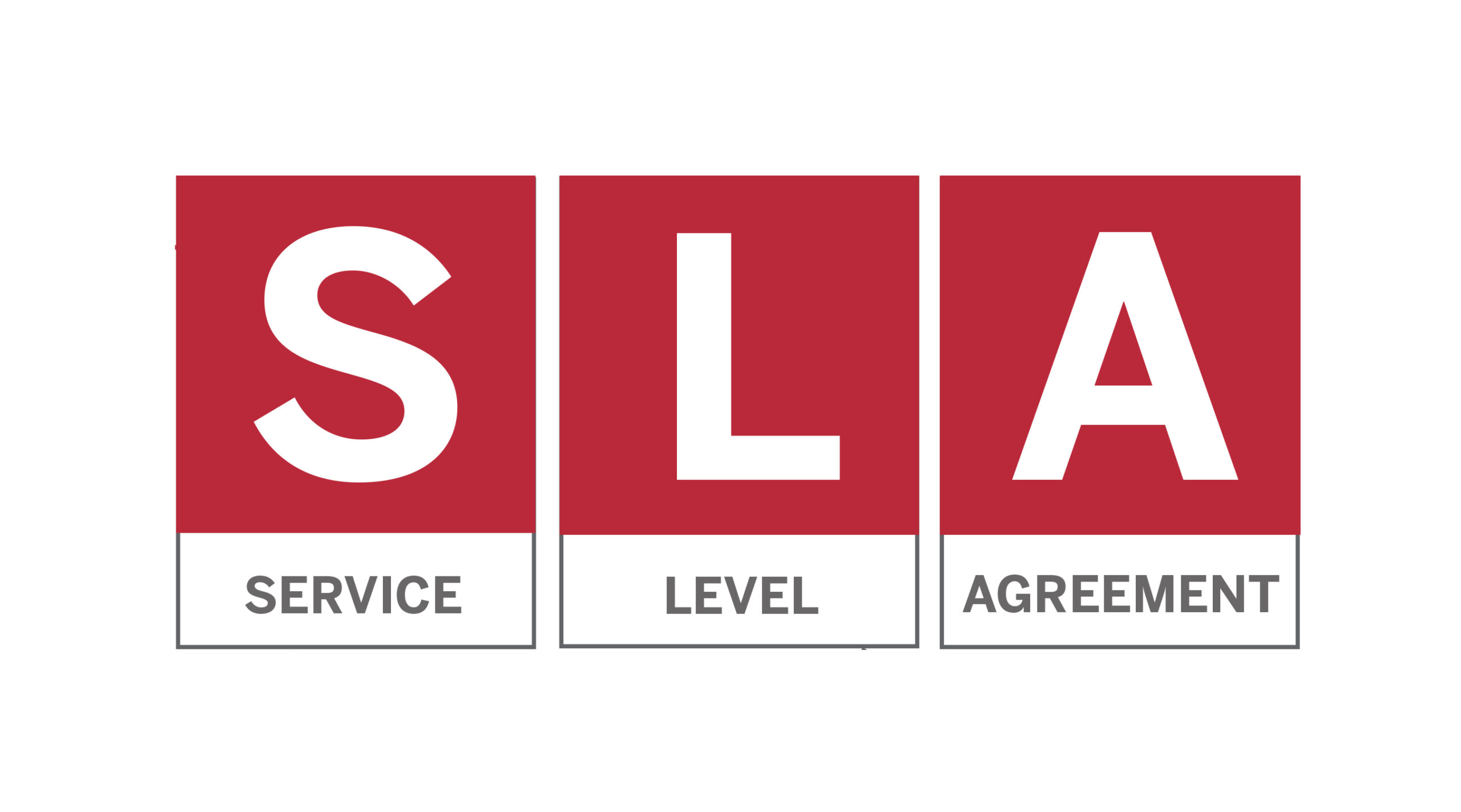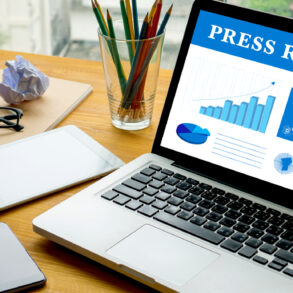Understanding Service Level Agreements (SLAs) for IT Services
Service Level Agreements for IT services are contractual agreements between service providers and clients, detailing the terms, expectations, and responsibilities related to IT service delivery. They encompass various aspects, including system availability, response times, security measures, and support services.
Legal Framework in England and Wales
In England and Wales, SLAs are governed by contract law principles, emphasizing factors such as offer, acceptance, consideration, and intention to create legal relations. It’s imperative for IT service SLAs to adhere to these legal standards to ensure enforceability and mitigate legal risks.

Key Components of an IT Service SLA
Service Description
Define the IT services covered by the SLA, including infrastructure management, software support, network administration, cybersecurity measures, and helpdesk support.
Service Levels and Metrics
Establish measurable service levels and performance metrics, such as system uptime, response times for incident resolution, mean time to repair (MTTR), and service availability.
Responsibilities of Parties
Clearly outline the responsibilities of both the service provider and the client, including obligations related to data security, system maintenance, user support, and compliance with regulatory requirements.
Security Measures
Detail the security measures implemented by the service provider to safeguard the client’s data and IT infrastructure from cyber threats, breaches, and unauthorized access.
Incident Management
Define procedures for reporting, escalating, and resolving IT incidents, including incident categorization, prioritization, and resolution timelines.
Change Management
Specify processes for managing changes to IT systems and services, including change approval, testing, implementation, and documentation to minimize disruptions and ensure compliance.
Disaster Recovery and Business Continuity
Outline disaster recovery plans, backup procedures, and business continuity strategies to mitigate the impact of IT failures, data loss, or service interruptions.
Drafting an Effective IT Service SLA
When drafting an IT Service SLA, consider the following best practices
- Tailor the SLA to the specific IT services and business requirements of the client.
- Use clear and unambiguous language to define terms, metrics, and responsibilities.
- Incorporate provisions for monitoring, reporting, and reviewing service performance regularly.
- Ensure alignment with industry standards, regulatory requirements, and best practices in IT service management.
Importance of Review and Monitoring
Regular review and monitoring of the IT Service SLA are essential to ensure that service levels are consistently met, and any deviations or issues are promptly addressed. Feedback mechanisms and performance reviews help identify areas for improvement and maintain service quality.
Conclusion
In today’s digital age, IT Service Level Agreements are indispensable tools for governing the delivery of IT services and maintaining the operational efficiency of businesses. By adhering to the key components, legal considerations, and best practices outlined in this guide, organisations can effectively draft and implement IT Service SLAs that foster transparency, reliability, and mutual trust between service providers and clients.
What is a Service Level Agreement (SLA) for IT services?
A Service Level Agreement (SLA) for IT services is a contractual agreement between a service provider and a client that outlines the terms, expectations, and responsibilities related to the delivery of IT services, including system availability, response times, and support services.
Why are Service Level Agreements important for IT services?
SLAs establish clear standards of performance, reliability, and accountability for IT service delivery, helping to ensure that client expectations are met and potential issues are addressed promptly and effectively.
What are the key components of an IT Service SLA?
Key components include service description, service levels and metrics, responsibilities of parties, security measures, incident management procedures, change management processes, disaster recovery plans, and business continuity strategies.
How are service levels and metrics defined in an IT Service SLA?
Service levels and metrics are typically defined based on factors such as system availability, response times for incident resolution, mean time to repair (MTTR), service availability, and other performance indicators relevant to the specific IT services being provided.
What security measures are included in an IT Service SLA?
Security measures may include data encryption, firewall protection, intrusion detection, antivirus software, regular security updates, and compliance with relevant data protection regulations to safeguard the client’s data and IT infrastructure.
How are incidents managed under an IT Service SLA?
Incident management procedures outline processes for reporting, categorizing, prioritizing, and resolving IT incidents, including escalation procedures, communication protocols, and timelines for incident resolution.
What is change management in the context of an IT Service SLA?
Change management involves processes for managing changes to IT systems and services, including change approval, testing, implementation, and documentation to minimize disruptions and ensure compliance with service levels.
How are disaster recovery and business continuity addressed in an IT Service SLA?
Disaster recovery plans, backup procedures, and business continuity strategies are outlined in the SLA to mitigate the impact of IT failures, data loss, or service interruptions and ensure the continuity of critical business operations.
Can an IT Service SLA be customized to suit specific business requirements?
Yes, an IT Service SLA can be tailored to accommodate the unique IT service needs and priorities of the client, including specific performance metrics, security requirements, and incident management procedures.
How often should an IT Service SLA be reviewed and updated?
An IT Service SLA should be reviewed periodically to ensure that it remains relevant and effective, with updates made as needed to reflect changes in technology, business requirements, or regulatory standards. Regular monitoring of service performance helps identify areas for improvement and maintain service quality.
- Press Release – New Product Announcement - July 19, 2024
- Blog Advertising Agreement - July 18, 2024
- Free Prize Draw Terms and Conditions - July 17, 2024









